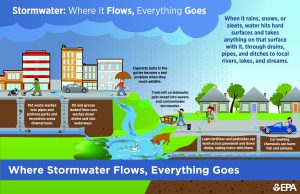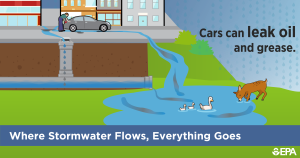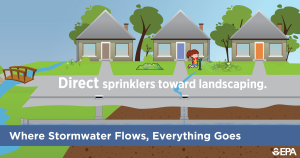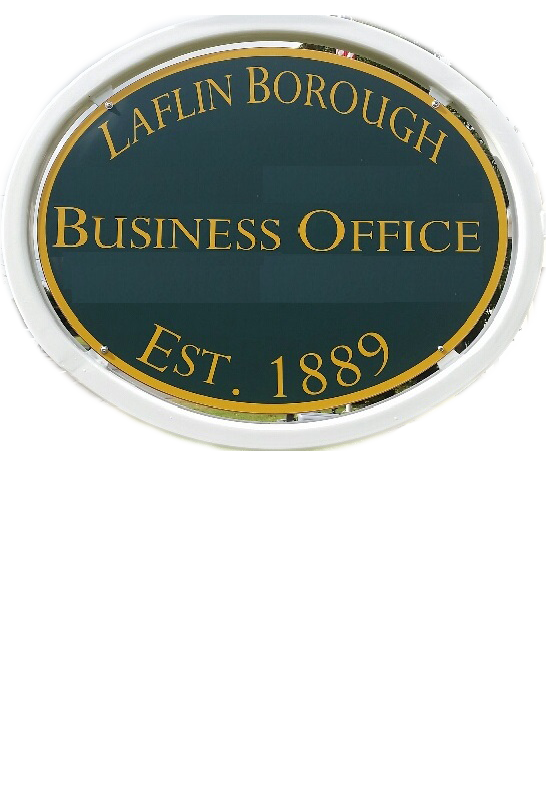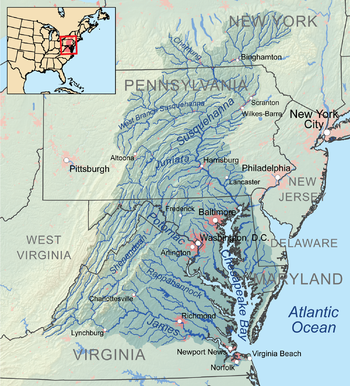
Wyoming Valley Sanitary Authority (WVSA)
Regional Stormwater Management Program:
Learn more: WVSA Stormwater
________________________________
What is a stormwater emergency?
- All spills of any hazardous material
- All petroleum spills with potential to pollute
- Incidents that involve illegal/improper disposal of any material
To report a sewer or stormwater emergency, call WVSA or DEP (24/7/365)
WVSA: (570) 825-3416
DEP: (570) 826-2511
Laflin Borough (570) 654-3323
Laflin Borough EMA Coordinator: (570) 591-0139 cell
To report non-emergency environmental chemical spills and/or illicit discharge issues in stormwater catch basin inlets or from stormwater outfalls use this complaint form.
Non-Emergency Laflin Borough Stormwater Illicit Discharge Citizens Complaint Form: click here
________________________________
Links
Please follow the links below for additional information on how you can help prevent polluted stormwater runoff.
PA DEP
https://www.dep.pa.gov/Business/Water/Cleanwater/StormwaterMgmt/Stormwater/Pages/default.aspx
EPA
Luzerne County Conservation District
Center for Watershed Protection
Stormwater Basic Information
Overview
What happens to a drop of rain when it falls onto the ground? It may land on a tree and evaporate; it may land on a farm field and soak into the soil; or it may land on a rooftop, driveway or road and travel down the street into a storm drain or stream.
Precipitation in an urban or suburban area that does not evaporate or soak into the ground but instead runs across the land and into the nearest waterway is considered Stormwater runoff. Increased development across the watershed has made Stormwater runoff (also called polluted runoff) the fastest growing source of pollution to the Chesapeake Bay and other waterways.
Stormwater runoff is generated when precipitation from rain and snowmelt events flows over land or impervious surfaces and does not percolate into the ground. As the runoff flows over the land or impervious surfaces (paved streets, parking lots, and building rooftops), it accumulates debris, chemicals, sediment or other pollutants that could adversely affect water quality if the runoff is discharged untreated into the waterways.
Bay Stormwater
Polluted stormwater runoff is a leading impediment to meeting water quality standards in the Chesapeake Bay. Urban Stormwater has the dubious distinction of being the fastest growing nutrient source in the Chesapeake Bay, and is also a major source of sediment, pesticides and trace metals to the Bay. Although the stormwater problem has been recognized for two decades, federal, state and local land development regulations have had little impact on the problem – runoff pollution continues unabated in most parts of the Bay.
The National Pollutant Discharge Elimination System (NPDES) Stormwater Program regulates stormwater discharges from three potential sources: municipal separate storm sewer systems (MS4s), construction activities, and industrial activities. Most stormwater discharges are considered point sources, and operators of these sources may be required to receive an NPDES permit before they can discharge. This permitting mechanism is designed to prevent stormwater runoff from washing harmful pollutants into local surface waters such as streams, rivers, lakes or coastal waters. The primary method to control stormwater discharges is the use of best management practices (BMPs).
Stormwater Effects
Stormwater Smart Brochure: Click Here
